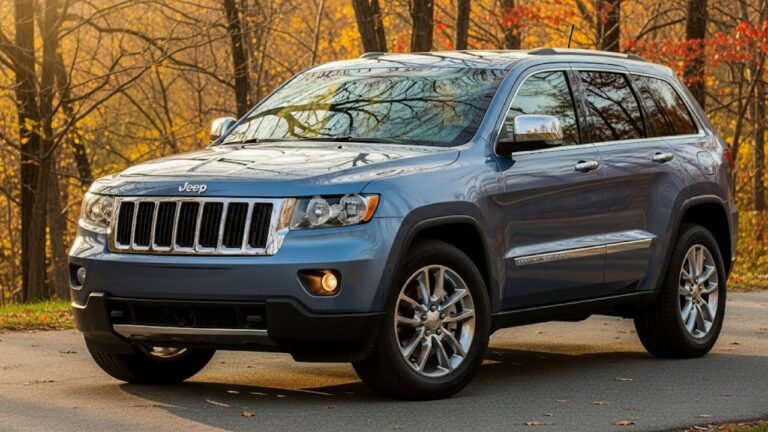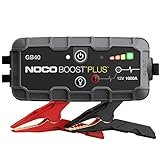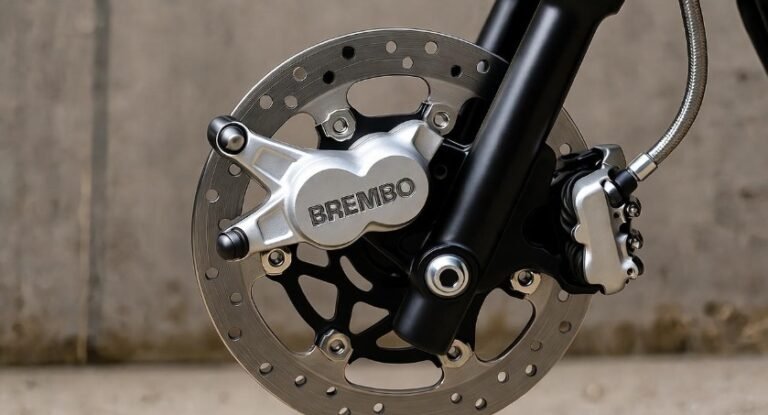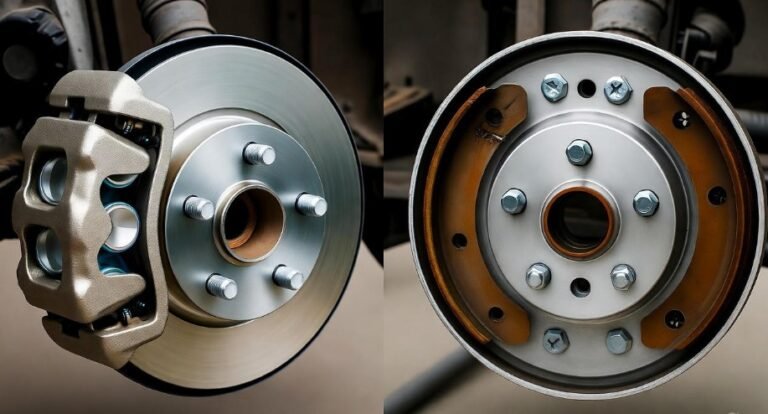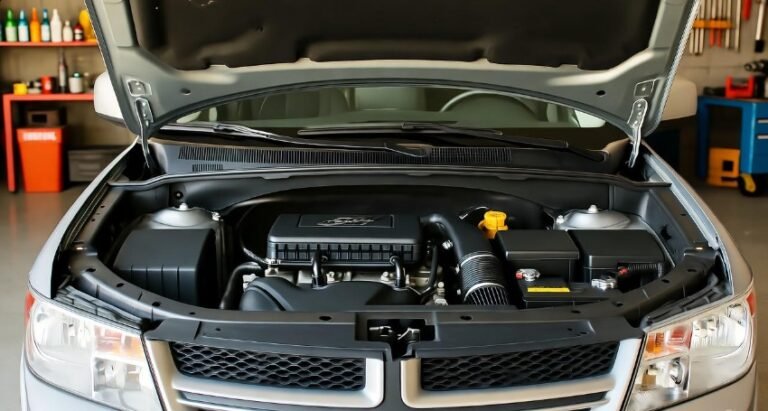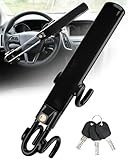Non Gear Cycle With Disc Brake: Top Picks
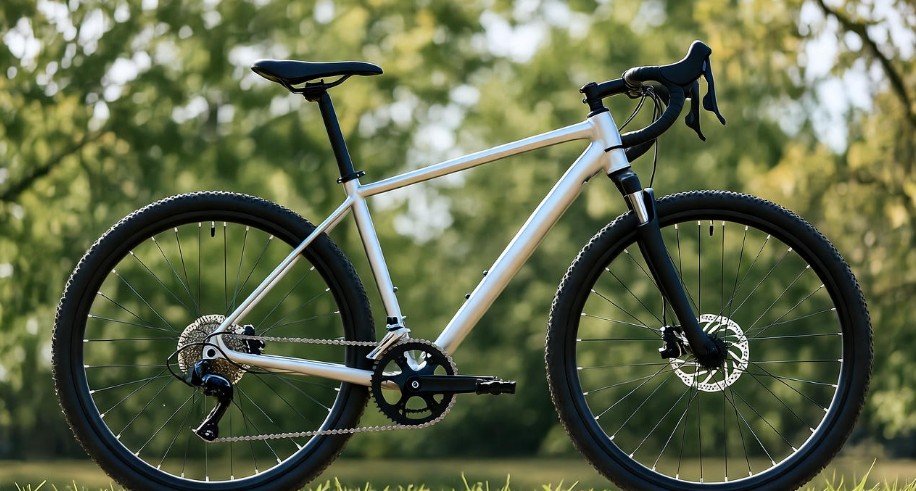
Discover the best non-gear cycles with disc brakes for a smooth, powerful ride, offering superior stopping power and control on various terrains. Find your perfect match easily.
Key Takeaways
- Select non-gear cycles with disc brakes for enhanced stopping power.
- Prioritize frame material for durability and weight.
- Consider tire size for terrain suitability.
- Look for adjustable components for rider comfort.
- Disc brakes offer reliable performance in wet conditions.
- Choose based on intended use: commuting, trails, or leisure.
Navigating the world of bicycles can feel like deciphering a new language. You might be looking for a simple, reliable ride without the complexities of gears. Perhaps you’ve heard disc brakes are a game-changer. Finding a non-gear cycle with disc brakes brings together ease of use and superior performance. It’s a combination that’s perfect for many riders, from city commuters to trail enthusiasts. You want a bike that’s easy to maintain yet offers confident braking. We’re here to simplify your search and guide you toward the top picks. Let’s explore how these bikes can transform your cycling experience.
Why Choose a Non-Gear Cycle with Disc Brakes?
A non-gear cycle, often called a single-speed or fixed-gear bicycle, offers a straightforward cycling experience. It means no derailleurs, shifters, or multiple sprockets to worry about. This simplicity translates to easier maintenance and a lighter bike. Now, add disc brakes to that equation. Traditional rim brakes work by squeezing the wheel’s rim. Disc brakes, instead, use a rotor attached to the wheel hub and a caliper that squeezes the rotor.
This technology brings several advantages:
- Superior Stopping Power: Disc brakes offer more consistent and powerful braking, especially in wet or muddy conditions. This is crucial for safety, allowing you to stop more effectively when you need it most.
- Reduced Maintenance: Unlike rim brakes, disc brakes are less affected by wheel truing or rim wear. The braking surface is separate, meaning less adjustment is needed over time.
- All-Weather Performance: Rain, mud, or snow can significantly reduce the effectiveness of rim brakes. Disc brakes maintain their performance because the braking surface is higher up and shielded from the elements.
- Predictable Feel: Many riders find disc brakes offer a more modulated and predictable feel, allowing for finer control over braking intensity.
For those seeking a blend of simplicity and enhanced safety, a non-gear cycle with disc brakes is an excellent choice. It’s perfect for urban commuting where quick stops are essential, or for light trail riding where unpredictable conditions can arise. Think of it as getting the best of both worlds: the clean, minimalist design of a single-speed, amplified by the robust stopping power of modern disc brake technology.
Understanding the Components: What Makes Them Tick
Before diving into specific models, let’s briefly touch upon the key components that define these bicycles.
Frame Materials: The Foundation of Your Ride
The material of your bike’s frame significantly impacts its weight, durability, and ride quality.
- Steel: Known for its strength, comfort, and affordability. Steel frames often have a more compliant ride, absorbing road vibrations well. However, they can be heavier than other materials.
- Aluminum: A popular choice for its balance of being lightweight, stiff, and cost-effective. Aluminum frames can offer a more direct and responsive feel but might transmit more road chatter.
- Chromoly Steel: A type of steel alloy that is stronger and lighter than standard steel, offering a good blend of strength, comfort, and weight.
Brake Types: Mechanical vs. Hydraulic Disc Brakes
Disc brakes themselves come in two main varieties, each with its own characteristics:
- Mechanical Disc Brakes: These use a standard brake cable to actuate the brake caliper. They are generally less expensive, simpler to maintain, and can be repaired with common bike tools. However, they may offer slightly less power and modulation compared to hydraulic systems.
- Hydraulic Disc Brakes: These use a fluid-filled hose to connect the brake lever to the caliper. They offer superior stopping power, better modulation, and require less hand effort. They are often found on higher-end models and can require specialized tools for maintenance.
Understanding these basic components will help you appreciate the nuances between different “non-gear cycles with disc brakes” on the market.
Top Picks: Non-Gear Cycles with Disc Brake Excellence
Finding the perfect non-gear cycle with disc brakes involves matching your needs with a bike’s features. Here are some top contenders that consistently impress riders with their performance, reliability, and value. We’ll focus on models that offer a balanced approach, suitable for various riding scenarios.
1. The Commuter Champion: Ideal for Urban Navigation
For city dwellers, a bike needs to be robust, reliable, and agile. A non-gear cycle with disc brakes is perfect for weaving through traffic and handling unpredictable stop-and-go situations.
Key Features to Look For:
- Durable aluminum or chromoly steel frame for resilience.
- Reliable mechanical disc brakes for consistent stopping in varied weather.
- Comfortable saddle and upright riding position for longer rides.
- Tire clearance for wider tires, allowing for smoother rides over rough city streets.
- Mounting points for racks and fenders to enhance utility.
Example Model Profile: Imagine a bike with a sleek, minimalist frame constructed from lightweight aluminum. It features sturdy mechanical disc brakes that provide ample stopping power for busy streets. The handlebars are slightly swept back, promoting a comfortable, upright posture, and it comes equipped with tires that can handle anything from smooth asphalt to occasional gravel paths. This type of bike prioritizes functionality and ease of use for the everyday rider.
2. The Trail Explorer: Conquering Off-Road Paths
If your idea of cycling involves venturing beyond paved roads, a non-gear cycle with disc brakes can still be your trusty steed. These bikes often feature more robust construction and wider tires to handle unpaved surfaces.
Key Features to Look For:
- Stronger frame materials like chromoly steel or robust aluminum.
- Often features hydraulic disc brakes for maximum stopping power and control on descents and loose terrain.
- Wider, knobbier tires for better traction and stability on dirt, gravel, and mud.
- More aggressive riding geometry for better handling on varied terrain.
- Potential for suspension fork on some models, though this is less common on pure single-speeds.
Example Model Profile: Picture a bike built with a tougher chromoly steel frame designed to absorb trail chatter. It would likely boast powerful hydraulic disc brakes, giving you the confidence to tackle steep descents and loose gravel with precision. The tires would be noticeably wider and feature a more aggressive tread pattern for grip. The riding position might be slightly more forward-leaning, offering better control when navigating challenging trails. This bike is for those who want simplicity without sacrificing capability on rougher ground.
3. The Leisure Cruiser: Relaxed Rides and Style
For those who enjoy a more laid-back cycling experience, perhaps along scenic routes or coastal paths, a stylish and comfortable cruiser can be the perfect choice.
Key Features to Look For:
- Comfort-focused frame geometry, often with a step-through option for easy mounting.
- Reliable mechanical disc brakes suitable for moderate speeds and varied surfaces.
- Plush saddle and ergonomic grips for maximum comfort.
- Wider tires for a smoother ride over varied surfaces.
- Aesthetic appeal, often with classic styling and color options.
Example Model Profile: Envision a bike with a classic, curved frame, possibly in a vibrant color. It would have a comfortable, upright riding position that’s easy on your back. The mechanical disc brakes would offer dependable stopping power for leisurely rides. Wider tires would smooth out bumps from pavement and light paths, while a comfortable saddle and grips would make even longer casual rides enjoyable. This bike is about blending effortless riding with attractive design.
Comparing Key Specifications: A Non-Gear Cycle with Disc Brake Guide
To help you make a more informed decision, here’s a comparative look at some typical specifications you might encounter when choosing a non-gear cycle with disc brakes. This table highlights how different features cater to various riding needs.
Table 1: Non-Gear Cycle with Disc Brake Feature Comparison
| Feature | Urban Commuter Focus | Trail Explorer Focus | Leisure Cruiser Focus |
|---|---|---|---|
| Frame Material | Aluminum, Chromoly Steel | Chromoly Steel, Robust Aluminum | Aluminum, Steel |
| Brake Type | Mechanical Disc Brakes | Hydraulic Disc Brakes | Mechanical Disc Brakes |
| Tire Width | 30mm – 40mm | 40mm – 50mm+ | 35mm – 50mm |
| Riding Position | Upright to Slightly Aggressive | Aggressive to Neutral | Very Upright |
| Durability Needs | High (for daily use) | Very High (for rough terrain) | Moderate (for varied surfaces) |
| Weight | Light to Moderate | Moderate to Heavier | Moderate to Heavier |
This table provides a general guideline. Specific models within each category can vary. Always check the manufacturer’s specifications for detailed information relevant to your chosen bike.
Where to Find Your Perfect Non-Gear Cycle with Disc Brakes
When you’re ready to buy, you have several excellent options for finding a non-gear cycle with disc brakes.
Local Bike Shops: The Expert Advantage
Visiting a local bike shop is often the best starting point. The staff are typically experienced cyclists themselves and can offer personalized recommendations based on your needs and local terrain. They can also ensure the bike is properly assembled and fitted to you. Many shops offer:
- Expert advice and fitting services.
- On-site assembly and pre-delivery inspections.
- After-sales support and maintenance.
- Opportunities to test ride different models.
You can find reputable local bike shops through online searches using terms like “bike shop near me” or by checking directories from cycling organizations.
Online Retailers: Convenience and Selection
Online retailers offer a vast selection and the convenience of shopping from home. You can compare prices and models easily. Some popular online options include:
- Major sporting goods stores with cycling sections.
- Specialty online bike retailers.
- Direct-to-consumer brands that ship bikes directly to your door.
When buying online, it’s crucial to check reviews, understand the return policy, and be aware that you might need to do some final assembly or take the bike to a local shop for professional setup. For more information on bicycle safety and standards, the Consumer Product Safety Commission (CPSC) provides valuable recall information and safety standards.
Used Market: Value and Opportunity
The used market can be a fantastic place to find a great deal on a non-gear cycle with disc brakes. Websites and local classifieds are full of options.
- Pros: Significant cost savings, access to discontinued models.
- Cons: Requires careful inspection for wear and tear, no manufacturer warranty, potential for hidden issues.
If you’re not mechanically inclined, consider bringing a knowledgeable friend or paying a bike mechanic to inspect any used bike before purchasing.
Pro Tip: Inspect Before You Ride!
No matter where you buy your non-gear cycle with disc brakes, always perform a quick pre-ride check. Ensure tires are properly inflated. Test the brakes by spinning the wheels and squeezing the levers firmly – they should engage smoothly and stop the wheel effectively. Check that the handlebars and seat are secure. A few minutes of inspection can prevent a lot of trouble.
Maintenance for Your Single-Speed Disc Brake Bike
One of the biggest draws of a non-gear cycle with disc brakes is its low maintenance. However, just like any vehicle, a little care goes a long way in ensuring longevity and optimal performance.
Keep it Clean
Regularly cleaning your bike, especially the drivetrain (chain, sprockets) and the brake components, will prevent dirt and grit from causing premature wear. A simple rinse with water and a gentle cleaning solution, followed by drying, is usually sufficient for the frame and components.
Chain Care
The single chain on your bike is critical. Periodically clean it with a degreaser and apply a suitable bicycle chain lubricant. This ensures smooth operation and prevents rusting. Aim to lubricate your chain every few hundred miles or after riding in wet/dusty conditions.
Brake Pad and Rotor Checks
Disc brake pads wear out over time. Most mechanical disc brakes have an indicator for pad wear, or you can visually check. If the pads look thin, they need replacing. For hydraulic systems, check the fluid level periodically. Also, ensure the brake rotors are clean and free from oil or grease, as this can severely impair braking performance. You can clean rotors with isopropyl alcohol.
For more in-depth maintenance guides, resources like Bikeradar’s bike maintenance section offer comprehensive advice.
Tire Pressure
Maintaining the correct tire pressure is essential for a comfortable ride, efficiency, and preventing flats. Check the recommended pressure range printed on the sidewall of your tires and inflate them accordingly. A floor pump with a pressure gauge is a valuable tool for accurate inflation.
The simplicity of a non-gear cycle with disc brakes means you spend less time tinkering and more time riding. By following these basic maintenance tips, you’ll keep your bike performing at its best for years to come.
Frequently Asked Questions (FAQ)
Q1: Are non-gear cycles with disc brakes good for hills?
While a non-gear cycle requires more effort on hills than a geared bike, disc brakes significantly help with control on descents. For climbing, rider strength and fitness are key. Many riders find they adapt and build strength for hills on single-speeds.
Q2: What is the difference between mechanical and hydraulic disc brakes on a single-speed bike?
Mechanical disc brakes use a cable, similar to rim brakes, and are often less expensive and easier to repair. Hydraulic disc brakes use fluid and offer superior stopping power, modulation, and require less hand effort, but can be more complex to service.
Q3: How often should I replace the disc brake pads on my non-gear cycle?
This depends heavily on your riding conditions and frequency. In wet or sandy environments, pads wear faster. Visually inspect them regularly; if they appear thin (around 1-2mm of friction material left), it’s time for replacement.
Q4: Can I convert a non-gear cycle with rim brakes to disc brakes?
This is usually not straightforward or cost-effective. It requires a frame with specific mounts for disc brake calipers and hubs that are compatible with disc rotors. Many bikes are not designed for this conversion.
Q5: What kind of maintenance do I need for the chain on a non-gear cycle?
Keep the chain clean and lubricated. Regularly apply chain lube after riding in wet conditions or every few hundred miles. A clean, well-lubricated chain will run quieter, smoother, and last longer.
Q6: Are non-gear cycles with disc brakes suitable for long-distance touring?
For experienced riders who prefer simplicity, yes. However, the lack of gears can make varied terrain and long, hilly routes more challenging. Disc brakes’ reliability is a major plus for touring, though.
Conclusion
Choosing a non-gear cycle with disc brakes offers a compelling blend of simplicity, reliability, and enhanced safety. Whether you’re navigating bustling city streets, exploring gentle trails, or simply enjoying a relaxed ride, the combination of a low-maintenance drivetrain and powerful, all-weather braking provides a confident and enjoyable cycling experience. By understanding the frame materials, brake types, and your intended use, you can confidently select a model that perfectly suits your needs. Embrace the efficiency and control that these bikes offer, and happy riding!

